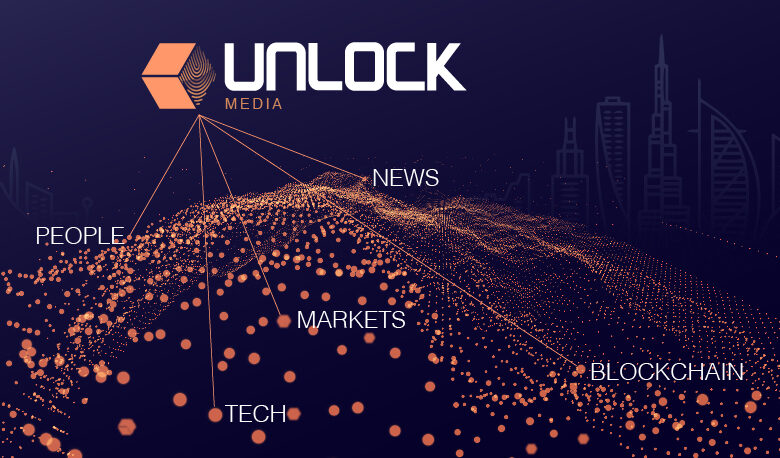The Emergence of a Blockchain-Based Token Economy

“Blockchain Revolution,” published in May of 2016 by Don Tapscott and Alex Tapscott, was one of the first books that explained the promise of blockchain technologies to the general public. Its central argument is that for nearly four decades, the internet has been great for reducing the costs of searching, collaborating, and exchanging information. But it’s lacked the necessary trust, security and privacy safeguards to move assets of value. With blockchain, we’re now seeing the emergence of such an internet of value. “Now for the first time ever we have a native digital medium for value, through which we can manage, store, and transfer any asset.”
An updated edition of “Blockchain Revolution” was published this past June and, yes, a lot has happened with blockchain in the intervening two years. When the original book was published, the entire cryptoasset market had a value of $9 billion. The new edition estimates that as of March 2018, the cryptoasset market was around $400 billion in size, a value subject to rapid fluctuations.
In addition, a blockchain-based token economy has emerged, driven by the explosive growth in the value and variety of those cryptoassets. Let me say a few words about some of the more significant assets.
Cryptocurrencies. In only a decade, bitcoin has become a secure, decentralized payment system that requires no trusted intermediary; a store of value now worth hundreds of billions of dollars, and, potentially, a reserve currency for the fast growing global cryptoasset market.
Platforms. Blockchain platforms are designed to enable the development of distributed applications based on the concept of smart contracts, which are essentially software programs that mimic the logic of a business agreement. Ethereum is the leading blockchain-based platform technology, which has boosted the value of its associated Ether cryptocurrency.
Security tokens. Initial Coin Offerings have emerged as a means of raising capital for startup projects by going directly to investors, thus avoiding the costs and delays of dealing with the regulatory compliance of traditional intermediaries like VCs, banks and stock exchanges. ICOs democratize the ability of projects to crowdfund themselves by issuing tokenized securities, but their current lack of regulations increases the risks to investors.
Natural asset tokens. In much the way that financial assets can be tokenized, one can tokenize real-world physical assets, including carbon, clean air and water. Such natural assets are essential for life and foundational to the economy, but they’ve largely remained immune from market-based forces. “This has led to overuse and exploitation of these resources,” the Tapscotts write. The token economy could help us address the tragedy by aligning incentives with a common and collective goal, such as reducing carbon emissions.
Stablecoins. Bitcoin and similar cryptocurrencies have been generally quite volatile, partly because they’re not backed by real-world assets. But this is not a property of cryptoassets in general. It’s possible to design cryptocurrencies whose overriding objective is to maintain the same value over time by pegging themselves to some underlying assets, be they fiat currencies or physical assets.
What does this all mean? The question was recently addressed in Why Blockchain Isn’t a Revolution, by U of Penn’s Wharton School professor Kevin Werbach. His article contrasts three different technologies that are often used interchangeably: cryptocurrencies, cryptoassets, and blockchain. “The first truly is a revolutionary concept, but the jury is still out on whether the revolution will succeed,” writes Prof. Werbach. “The second and third are game-changing innovations on the path to significant adoption, which are nonetheless essentially evolutionary.
Bitcoin and similar cryptocurrencies really feel new and revolutionary, while cryptoassets like ICOs feel more like an efficient evolution of what financial markets have long been doing, which is why institutional investors and Wall Street are eager to get in on the action. Similarly, blockchain or distributed ledger technologies promise to significantly improve the efficiency of applications involving multiple institutions, an important but evolutionary step akin to the impact that business process reengineering and enterprise resource planning applications had in improving the efficiency of applications within a firm.
Whether revolutionary or evolutionary, these technologies promise to disrupt business models and transform industries and economies, but much work remains ahead to turn the promise into reality.





